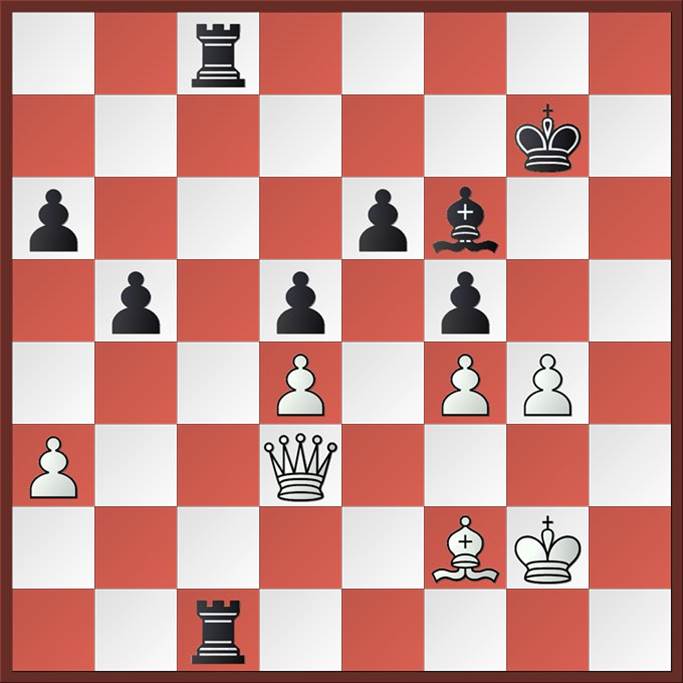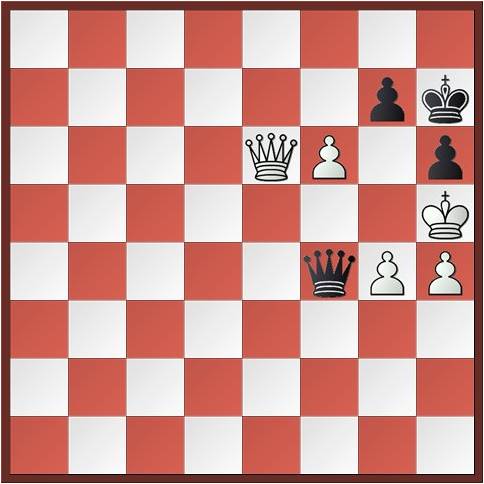3 Most Tricky Mate-in-1 Positions Ever
We present 3 the most tricky mate-in-1 problems you will ever see. To solve these tactical wonders you don’t need to be a very strong chess player.
All you need to know is the basic chess rules and possess some imagination and intuition.
Mate in one tricky problem #1

White to move and mate in 1
Mate in one tricky problem #2

White to move and mate in 1
Mate in one tricky problem #3

White to move and NOT checkmate in 1
***
Solutions (in case if you’re totally puzzled):
Problem 1. 1.dxe6# The previous move for white was Bb2+ and black blocked the check by moving his pawn from e7 to e5. This allows white to capture the black pawn on e5 via en passant for checkmate.
Problem 2. 1.Qg6#. In this game players started the game on the reversed chess board.
Problem 3. Rc6+ is the only move that is not a checkmate.
***
From the book, “Totally Puzzled: Hard & Easy, Rich & Rare, Old & New Puzzles,” by John Herron
Totally Puzzled is a collection of nearly 1000 old and new puzzles that will entertain you for days. Each puzzle is clearly presented with hints and a detailed solution.
The puzzles range from fairly easy to extremely difficult, with sections on space, time, money, games, language, logistics, math, words, questions & enigmas. There is something for everyone. If you really love puzzles and you want a new and exciting challenge, this is the book for you!
Ready to start winning games? Check out our store and articles:











Comments: